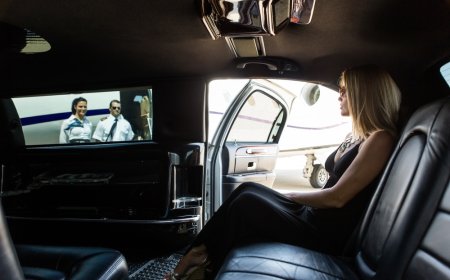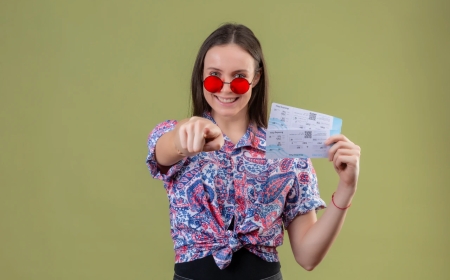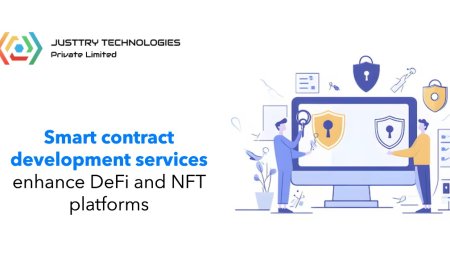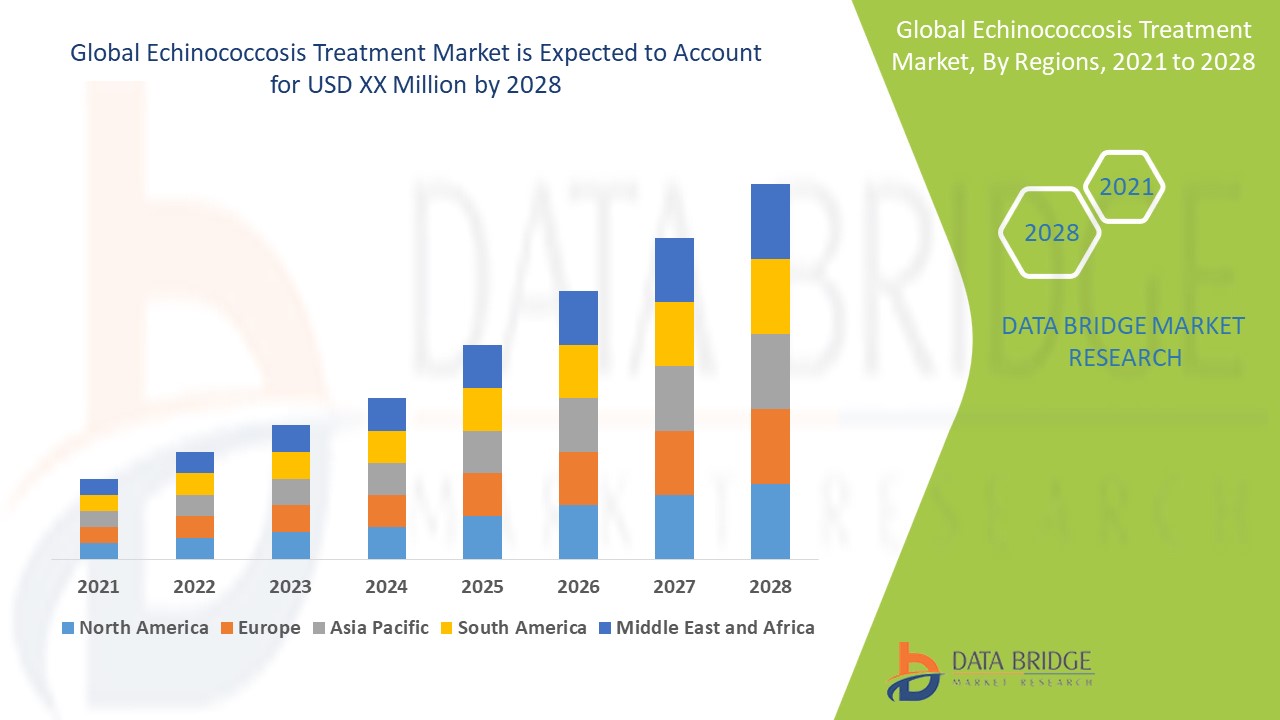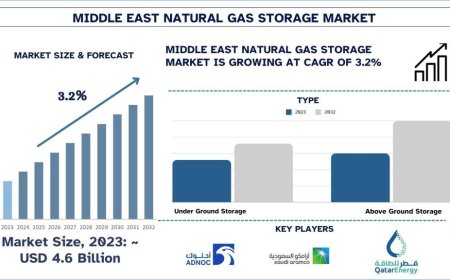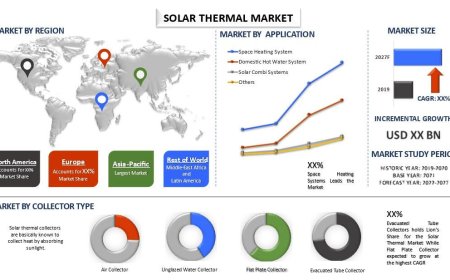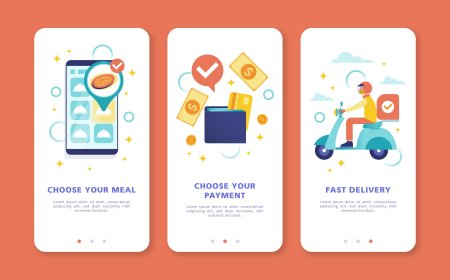AI & Copyright Law in the UK: What You Need to Know
This article explores the current landscape of AI copyright law in the UK, the rising concerns of AI-related copyright infringement, and how litigation in this domain is evolving.

With the rapid evolution of artificial intelligence (AI), the UK legal system is being pushed to address complex questions surrounding copyright protection, authorship, and infringement. As AI-generated works become more prevalent - from music and art to software code and journalism - lawmakers, creators, and tech companies must grapple with how existing copyright law applies to machines that create content. This article explores the current landscape ofAI copyright law in the UK, the rising concerns of AI-related copyright infringement, and how litigation in this domain is evolving.
AI and Copyright Law in the UK: Where We Stand
Under current UK copyright law, only human authors are legally recognised as creators of original works. The Copyright, Designs and Patents Act 1988 (CDPA) governs intellectual property rights, and Section 9(3) of the CDPA specifically mentions that for computer-generated works, the author is the person by whom the arrangements necessary for the creation of the work are undertaken.
This provision is somewhat unique globally, as it implicitly allows for copyright protection of AI-generated works - so long as a human is clearly associated with the creation process. However, the law remains vague about how much control or input that human must have, leading to uncertainty in cases involving autonomous AI systems.
The Growing Risk of AI Copyright Infringement
One of the most pressing challenges in AI development is the use of copyrighted material to train machine learning models. Generative AI systems, such as those used for creating music, visual art, or written content, often rely on vast datasets scraped from the internet - many of which include copyrighted works. If an AI model generates output that closely resembles or replicates a copyrighted source, questions of infringement arise.
For example, if an AI generates a song that mimics the structure or lyrics of a copyrighted track, or produces images similar to a copyrighted artwork, determining liability becomes complex. Is it the AI developer, the end-user, or the company deploying the system who is at fault? In most cases, UK law currently places the onus on the human or corporate entity behind the AI.
AI Copyright Litigation in the UK: Emerging Trends
Although AI copyright litigation is still in its infancy in the UK, recent developments hint at how future cases may unfold. One notable trend is the increasing scrutiny of AI training datasets. If copyrighted material was used without a license, claimants may argue that even indirectly derived outputs are infringing works.
While there are not yet high-profile court rulings in the UK comparable to those in the US (such as the lawsuits against OpenAI and Stability AI), British copyright holders are becoming more vigilant. Some rights holders have begun issuing cease-and-desist letters or initiating pre-litigation negotiations with AI developers.
The UK Intellectual Property Office (IPO) has also launched consultations to examine how copyright law should adapt to AI. Although the government decided not to introduce a new copyright exception for text and data mining for commercial purposes in 2022, discussions remain ongoing, and future legislative updates are likely.
Key Challenges Moving Forward
-
Defining Authorship in AI: As AI systems grow more autonomous, it becomes harder to attribute authorship to a specific individual or team. This creates a legal grey area for ownership rights.
-
Establishing Liability: Without clear guidelines, courts may struggle to determine who is responsible in copyright infringement cases involving AI.
-
Cross-Jurisdictional Conflicts: Many AI systems operate globally, meaning that copyright laws in different countries may conflict, especially concerning fair use, database rights, and moral rights.
-
Moral and Ethical Dimensions: Beyond legality, theres an ethical debate over the fairness of profiting from AI outputs trained on human-created content without compensation.
Conclusion
AI is redefining creativity, production, and innovation - but its also challenging the foundations of copyright law in the UK. As the use of AI-generated content continues to rise, it is crucial for lawmakers, creators, and technologists to engage in proactive dialogue to shape a legal framework that protects intellectual property while fostering innovation. The path forward involves not only adapting existing laws but also ensuring that legal interpretations keep pace with technological change.
In the meantime, those developing or using AI tools should proceed with caution, ensuring transparency in data sourcing, securing proper licenses, and staying updated on evolving legal standards to mitigate the risk of copyright litigation.






